Home>Gardening & Outdoor>Landscaping Ideas>Why Can’t Bushes And Shrubs Grow In The Area Before Grass


Landscaping Ideas
Why Can’t Bushes And Shrubs Grow In The Area Before Grass
Modified: May 6, 2024
Discover the best landscaping ideas to help bushes and shrubs thrive in your area before grass. Learn how to create a lush and vibrant garden with our expert tips.
(Many of the links in this article redirect to a specific reviewed product. Your purchase of these products through affiliate links helps to generate commission for Storables.com, at no extra cost. Learn more)
Introduction
When it comes to landscaping, the lush greenery of grass, the vibrant colors of flowers, and the majestic presence of trees often take center stage. However, have you ever wondered why certain areas seem to struggle to support the growth of bushes and shrubs before the grass takes hold? This phenomenon is not uncommon and can be attributed to various factors, including the role of grass in soil preparation, competition for resources, and environmental factors. Understanding these dynamics can provide valuable insights into optimizing the growth of bushes and shrubs in such areas.
As we delve into the intricacies of landscaping, it becomes evident that the relationship between grass, bushes, and shrubs is more complex than meets the eye. By exploring the underlying reasons behind the challenges faced by bushes and shrubs in these specific environments, we can uncover practical strategies to foster their growth and create harmonious landscapes that thrive with diverse vegetation.
Key Takeaways:
- Grass plays a big role in making the soil strong and healthy, but it can make it hard for bushes and shrubs to grow at first. Understanding this can help us find ways to help them grow together.
- Grass, bushes, and shrubs all need water, sunlight, and nutrients to grow. Sometimes, grass can take too much of these things, making it hard for bushes and shrubs to grow. We can find ways to share these things better so everyone can grow.
Read more: How To Grow Grass In Mossy Areas
The Role of Grass in Soil Preparation
Grass plays a pivotal role in soil preparation, especially in areas where bushes and shrubs struggle to establish themselves. One of the primary contributions of grass to the soil is its ability to prevent erosion. The dense network of grass roots effectively anchors the soil, reducing the risk of erosion caused by wind and water. This stabilizing effect creates a favorable environment for the growth of grass, which, in turn, can impede the initial establishment of bushes and shrubs.
Moreover, grass contributes to the improvement of soil structure and fertility. The intricate root systems of grass plants enhance soil aeration and promote the retention of moisture and essential nutrients. As a result, the soil becomes more conducive to supporting the growth of grass, creating a competitive advantage over bushes and shrubs in the early stages of landscaping.
Additionally, the rapid growth and spreading nature of grass enable it to quickly cover bare ground, forming a protective layer that shields the soil from harsh environmental conditions. This protective barrier not only minimizes soil erosion but also creates a formidable obstacle for the initial establishment of bushes and shrubs, which typically require a more nurturing environment to take root and flourish.
Understanding the role of grass in soil preparation sheds light on the challenges encountered by bushes and shrubs in areas where grass dominates. By acknowledging the soil-stabilizing, nutrient-enhancing, and protective properties of grass, landscaping enthusiasts can implement targeted strategies to create favorable conditions for the successful growth of bushes and shrubs alongside the resilient presence of grass.
Competition for Resources
One of the key factors contributing to the limited growth of bushes and shrubs in areas dominated by grass is the intense competition for resources. Grass, with its rapid growth and efficient resource utilization, often outcompetes bushes and shrubs for essential elements such as water, sunlight, and nutrients. This competitive dynamic creates a challenging environment for the establishment and sustenance of bushes and shrubs, leading to their stunted growth in the initial stages of landscaping.
Water availability plays a critical role in shaping the competitive landscape between grass, bushes, and shrubs. In many regions, grass exhibits a higher tolerance for drought conditions, enabling it to thrive with minimal water resources. This resilience allows grass to monopolize the available water, leaving limited moisture for the coexisting bushes and shrubs. As a result, bushes and shrubs face heightened difficulty in accessing the water necessary for their growth and development, further impeding their establishment in grass-dominated areas.
Furthermore, the dense foliage of grass can significantly impact the sunlight exposure received by bushes and shrubs. Grass, with its low-lying and often overlapping blades, creates a shading effect that restricts the amount of sunlight reaching the ground. This reduced sunlight availability poses a challenge for the photosynthesis and overall vitality of bushes and shrubs, hindering their ability to thrive in the presence of the dominant grass cover.
In addition to water and sunlight, the competition for nutrients in the soil further amplifies the hurdles faced by bushes and shrubs. Grass, with its extensive root systems and efficient nutrient uptake, quickly depletes the available nutrients, leaving limited resources for the cohabiting bushes and shrubs. This nutrient scarcity can compromise the growth and resilience of bushes and shrubs, impacting their ability to establish a robust presence in areas where grass prevails.
Recognizing the intricate web of resource competition among grass, bushes, and shrubs is essential for devising effective landscaping strategies that promote the coexistence and flourishing of diverse vegetation. By addressing the challenges posed by resource scarcity, landscaping enthusiasts can implement targeted approaches to optimize resource allocation and create conducive environments for the sustained growth of bushes and shrubs alongside the resilient grass cover.
Consider the soil and sunlight conditions in the area. Bushes and shrubs may struggle to grow if the soil is too compacted or if there is not enough sunlight reaching the ground. Consider testing the soil and pruning nearby trees to improve growing conditions.
Environmental Factors
Environmental factors play a significant role in influencing the growth dynamics of bushes and shrubs in areas where grass dominates the landscape. One of the pivotal environmental considerations is the soil pH level, which can impact the suitability of the terrain for different types of vegetation. Grass species often exhibit a preference for specific pH ranges, shaping the soil composition to favor their growth while creating less hospitable conditions for bushes and shrubs that thrive in contrasting pH environments. This disparity in soil pH preferences can pose a challenge for the successful establishment of bushes and shrubs in grass-dominated areas, as the soil composition may not align with their optimal growth requirements.
Furthermore, the climatic conditions, including temperature and humidity, can influence the competitive balance between grass, bushes, and shrubs. Grass species, adapted to diverse climates, can demonstrate resilience in the face of fluctuating temperature and humidity levels, allowing them to maintain their dominance in varying environmental settings. In contrast, bushes and shrubs, with their specific climatic preferences, may struggle to thrive in regions where the prevailing conditions favor the robust growth of grass. This disparity in climatic adaptability contributes to the challenges faced by bushes and shrubs in establishing themselves before the pervasive presence of grass.
Soil drainage and moisture retention also play a crucial role in shaping the environmental landscape for vegetation. Grass, with its ability to thrive in diverse soil moisture conditions, can exert an influence on the drainage patterns and moisture levels, potentially creating environments that are less conducive to the establishment of bushes and shrubs. The competition for optimal soil moisture and drainage conditions further complicates the growth prospects for bushes and shrubs, especially in areas where grass holds sway over the environmental dynamics.
Moreover, the presence of pests and diseases, which can affect different types of vegetation, can impact the competitive balance between grass, bushes, and shrubs. Grass species may exhibit varying levels of resistance to certain pests and diseases, allowing them to maintain their vigor and dominance in the landscape. In contrast, bushes and shrubs may be more susceptible to specific pests and diseases, further impeding their successful establishment in areas where grass prevails.
Understanding the multifaceted influence of environmental factors on the growth dynamics of grass, bushes, and shrubs is essential for devising holistic landscaping approaches that account for the interplay of soil composition, climate, moisture levels, and pest resistance. By addressing the environmental nuances, landscaping enthusiasts can implement tailored strategies to create balanced ecosystems that support the flourishing of diverse vegetation, including resilient bushes and shrubs alongside the pervasive presence of grass.
Conclusion
The intricate dynamics shaping the growth of bushes and shrubs in areas dominated by grass underscore the complex interplay of soil preparation, resource competition, and environmental factors. By unraveling the underlying challenges and nuances associated with these dynamics, landscaping enthusiasts can gain valuable insights into fostering the successful establishment and sustained growth of bushes and shrubs in such environments.
Addressing the role of grass in soil preparation unveils the soil-stabilizing, nutrient-enhancing, and protective properties of grass, shedding light on the initial hurdles faced by bushes and shrubs in establishing themselves. Understanding the competitive landscape for resources, including water, sunlight, and nutrients, underscores the need for targeted strategies to optimize resource allocation and create conducive environments for diverse vegetation to thrive harmoniously.
Environmental factors, encompassing soil pH, climatic adaptability, soil moisture, and pest resistance, further shape the growth dynamics of grass, bushes, and shrubs, highlighting the importance of holistic landscaping approaches that account for the interplay of these factors. By recognizing the influence of environmental nuances, landscaping enthusiasts can implement tailored strategies to create balanced ecosystems that support the flourishing of diverse vegetation, including resilient bushes and shrubs alongside the pervasive presence of grass.
In conclusion, the challenges faced by bushes and shrubs in areas dominated by grass are multifaceted, encompassing soil dynamics, resource competition, and environmental intricacies. By embracing a comprehensive understanding of these factors, landscaping enthusiasts can chart a path towards creating vibrant and diverse landscapes that celebrate the thriving coexistence of grass, bushes, and shrubs, enriching outdoor spaces with a tapestry of natural beauty and resilience.
Curious about more ways to spruce up your garden? Once you've tackled the challenges bushes and shrubs face, why not consider enhancing your outdoor space with creative barriers? Our guide on garden fence ideas offers a variety of designs that can transform any outdoor area into a visually appealing and secure retreat. From simple picket fences to elaborate wrought iron, there's a style to fit every taste and landscaping need. Dive into our recommendations and find the perfect fence to complement your greenery!
Frequently Asked Questions about Why Can't Bushes And Shrubs Grow In The Area Before Grass
Was this page helpful?
At Storables.com, we guarantee accurate and reliable information. Our content, validated by Expert Board Contributors, is crafted following stringent Editorial Policies. We're committed to providing you with well-researched, expert-backed insights for all your informational needs.
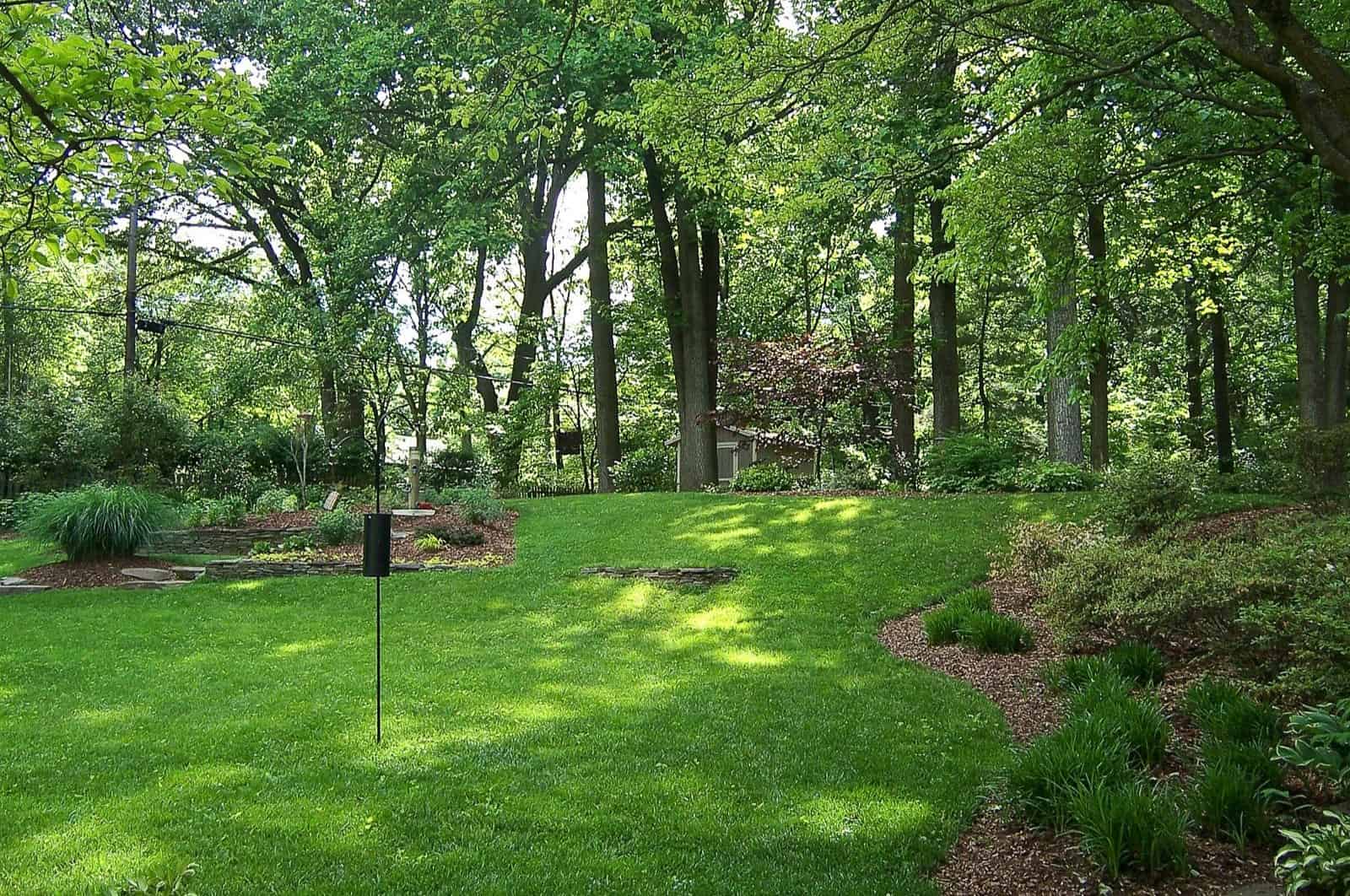
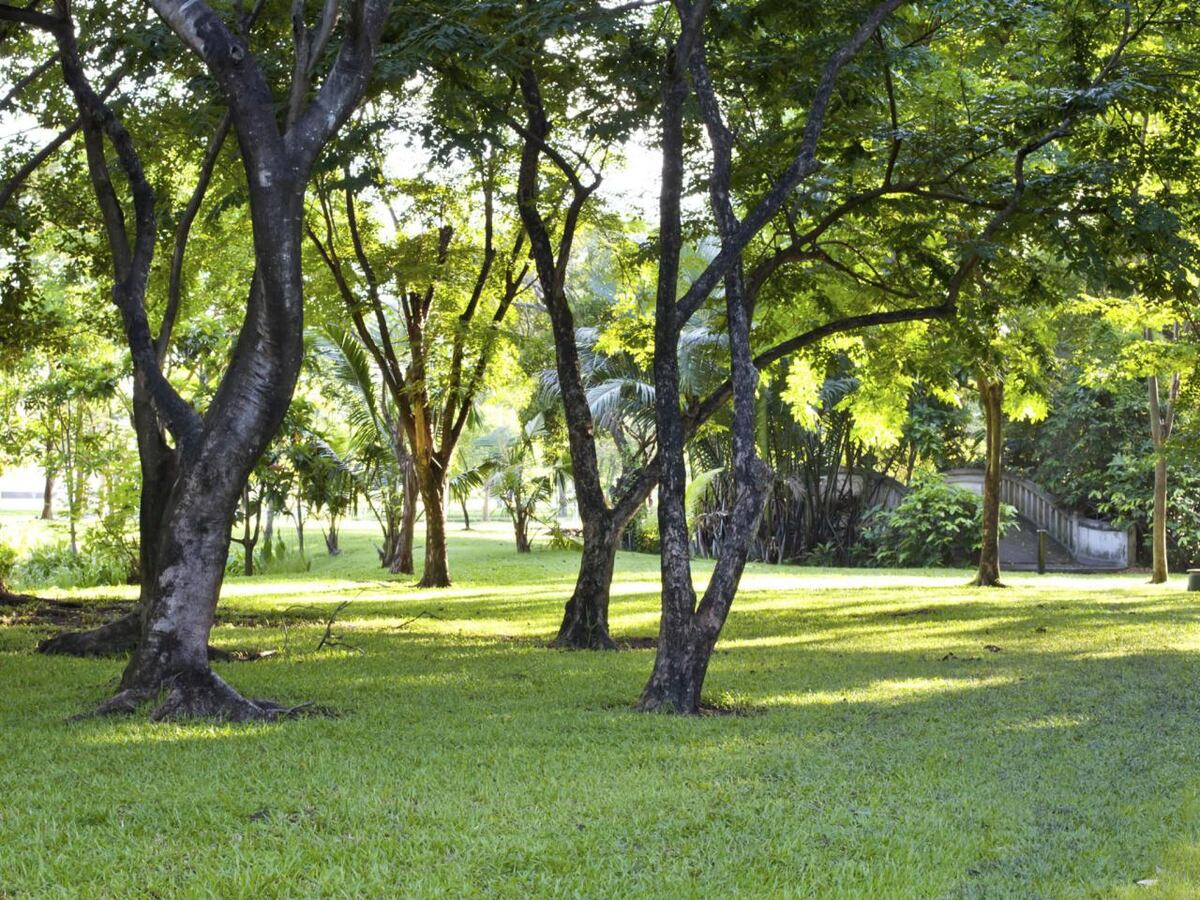
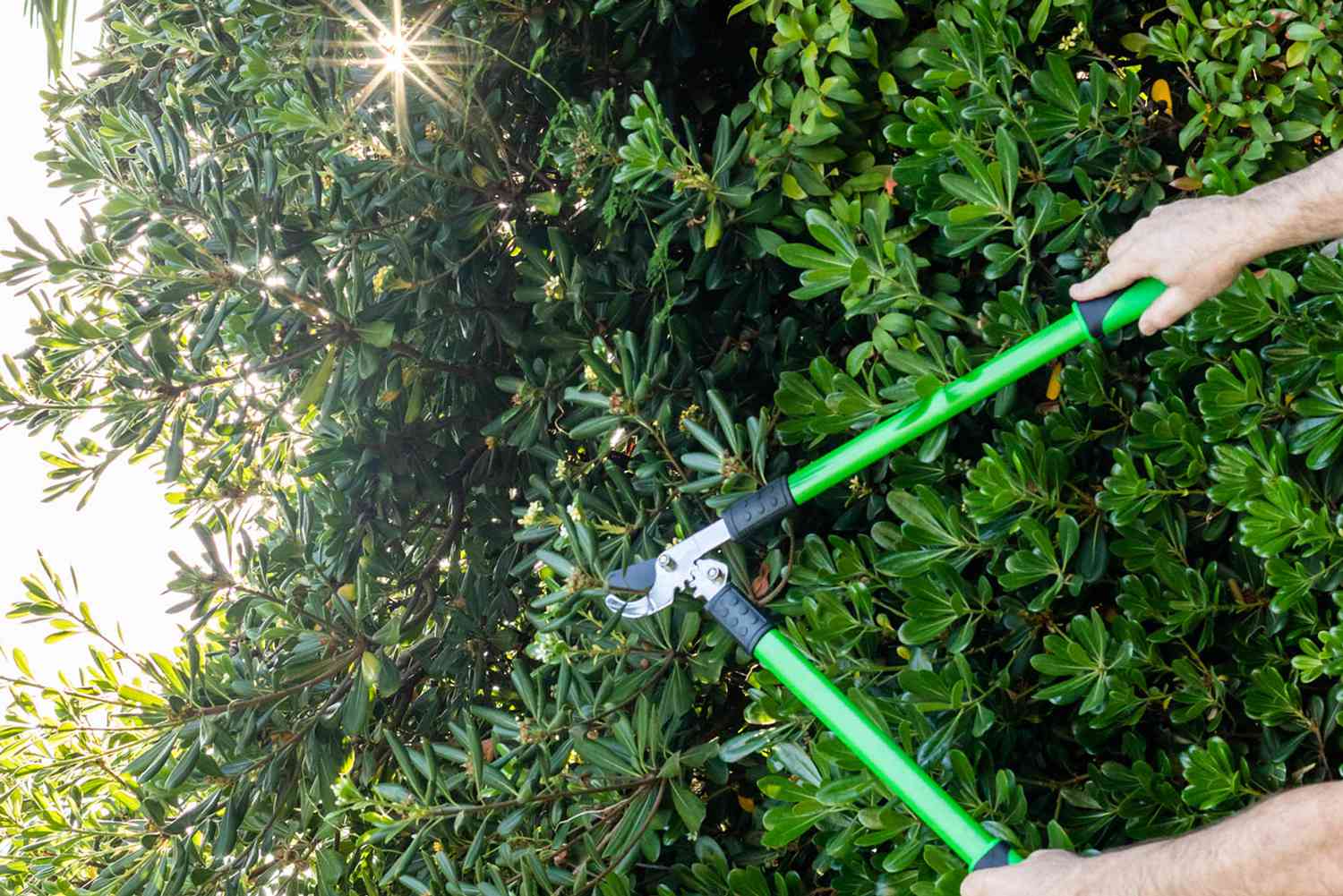

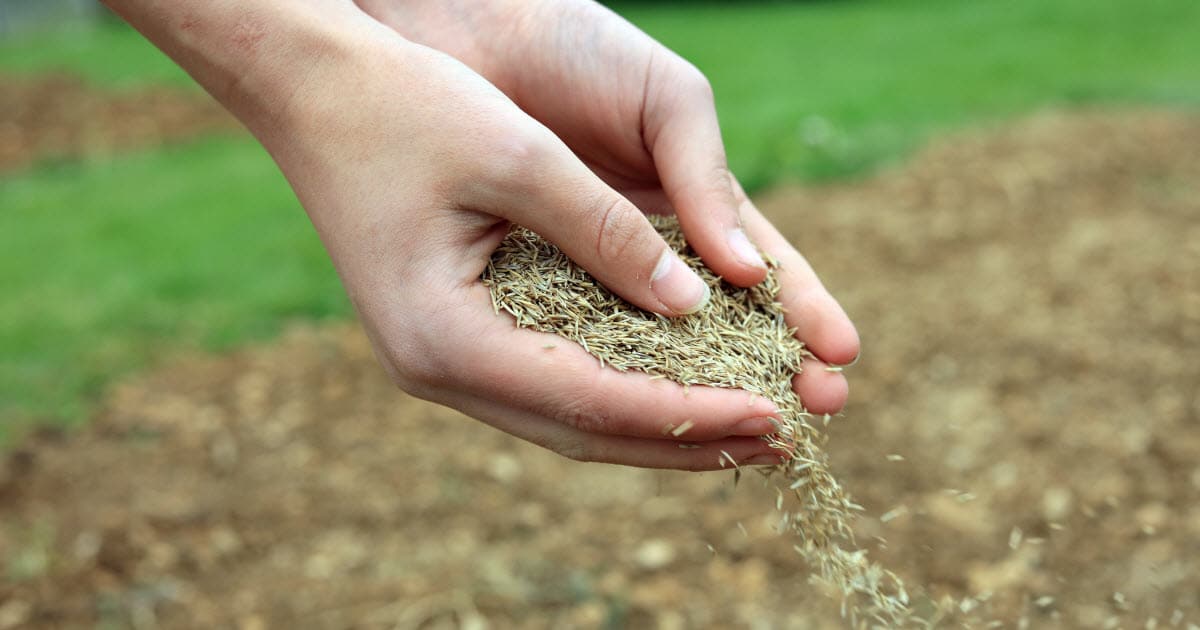
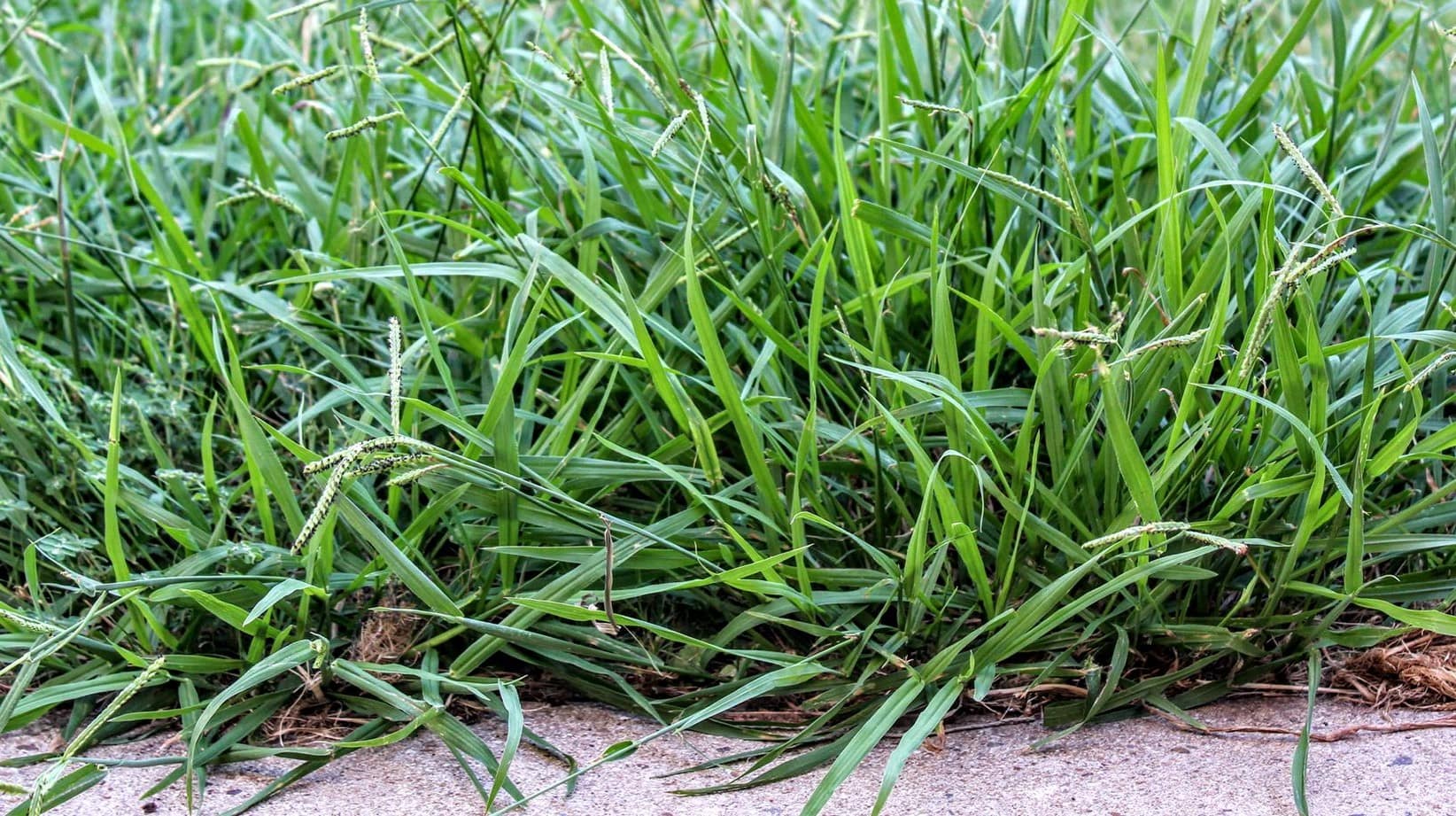
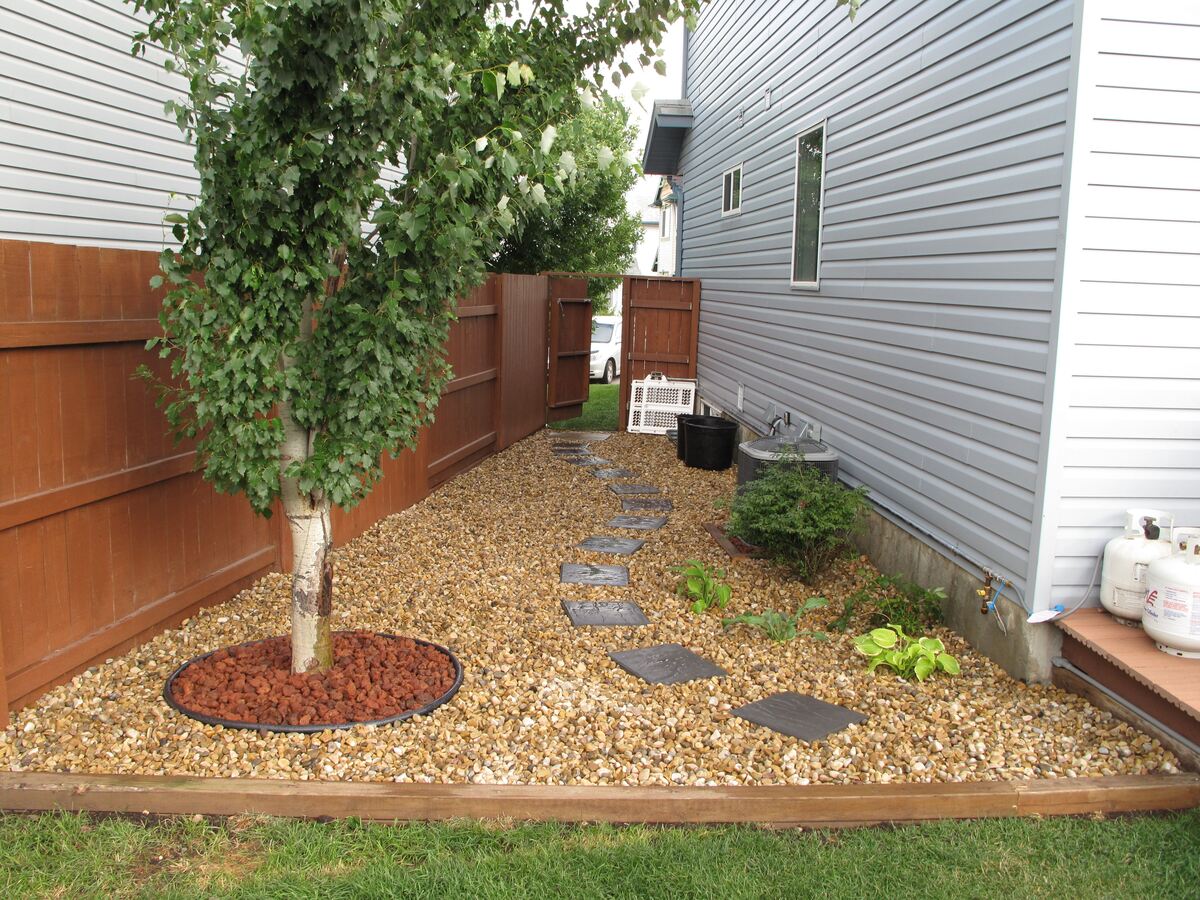
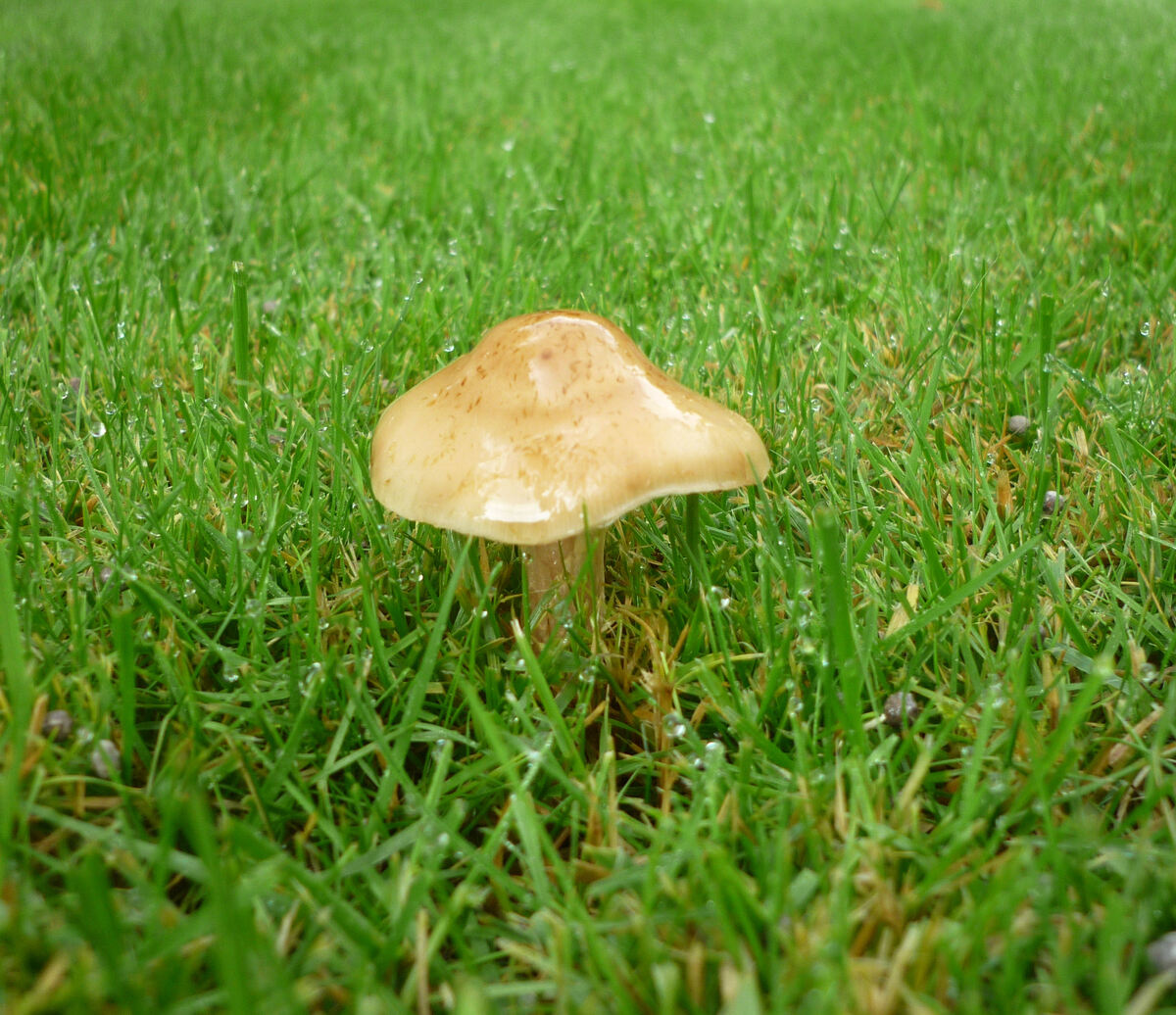
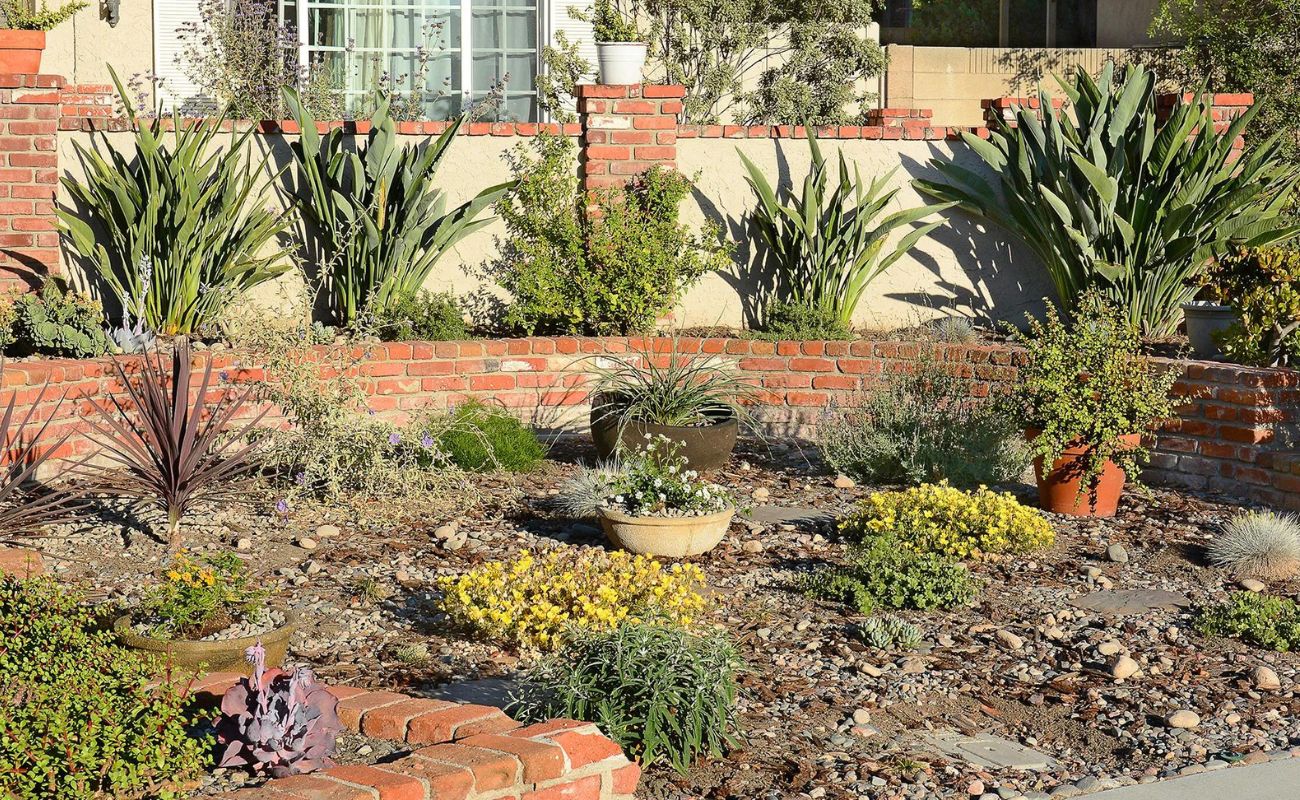

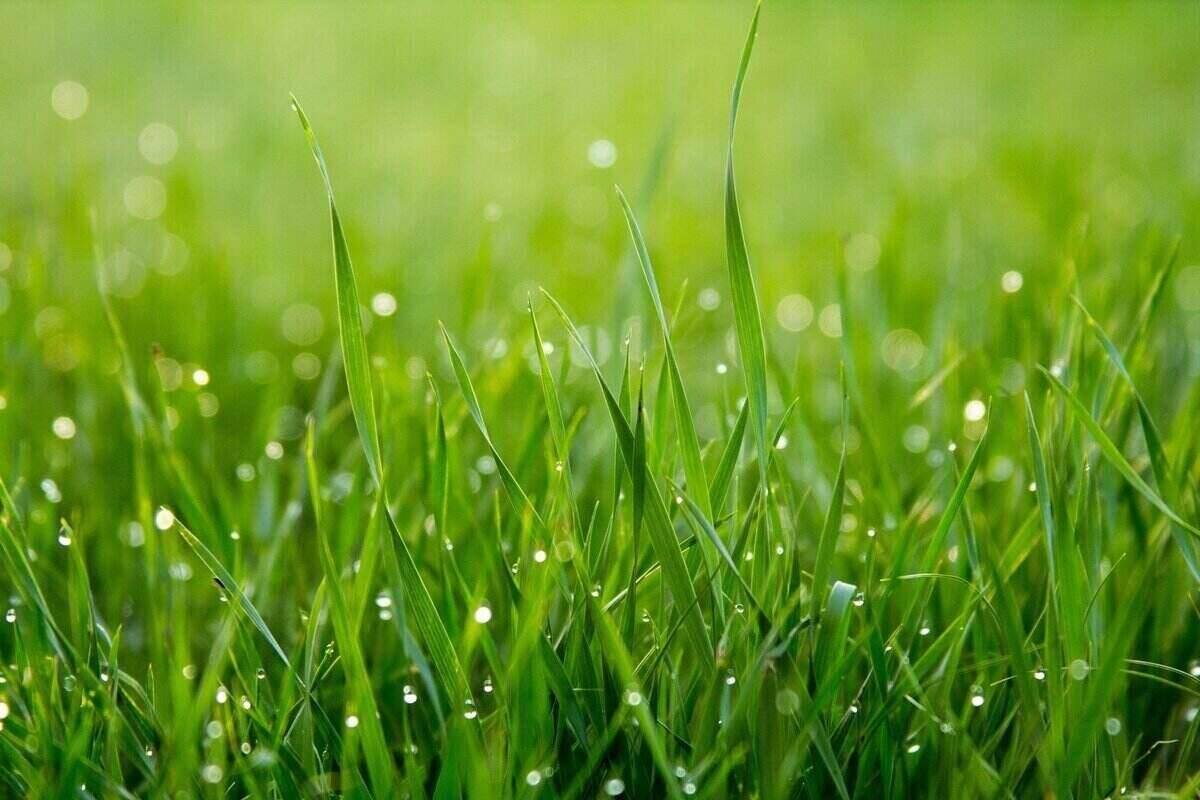
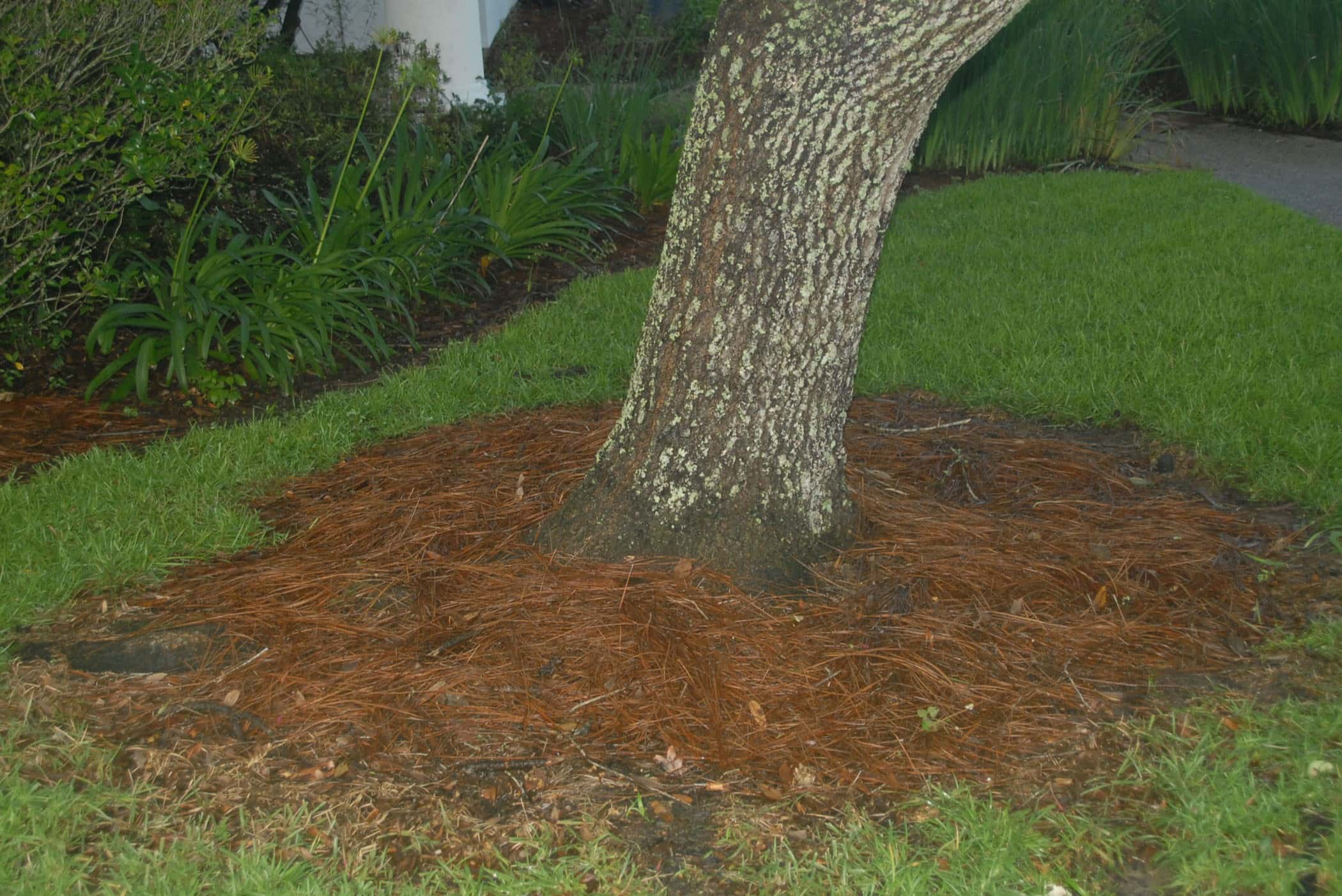
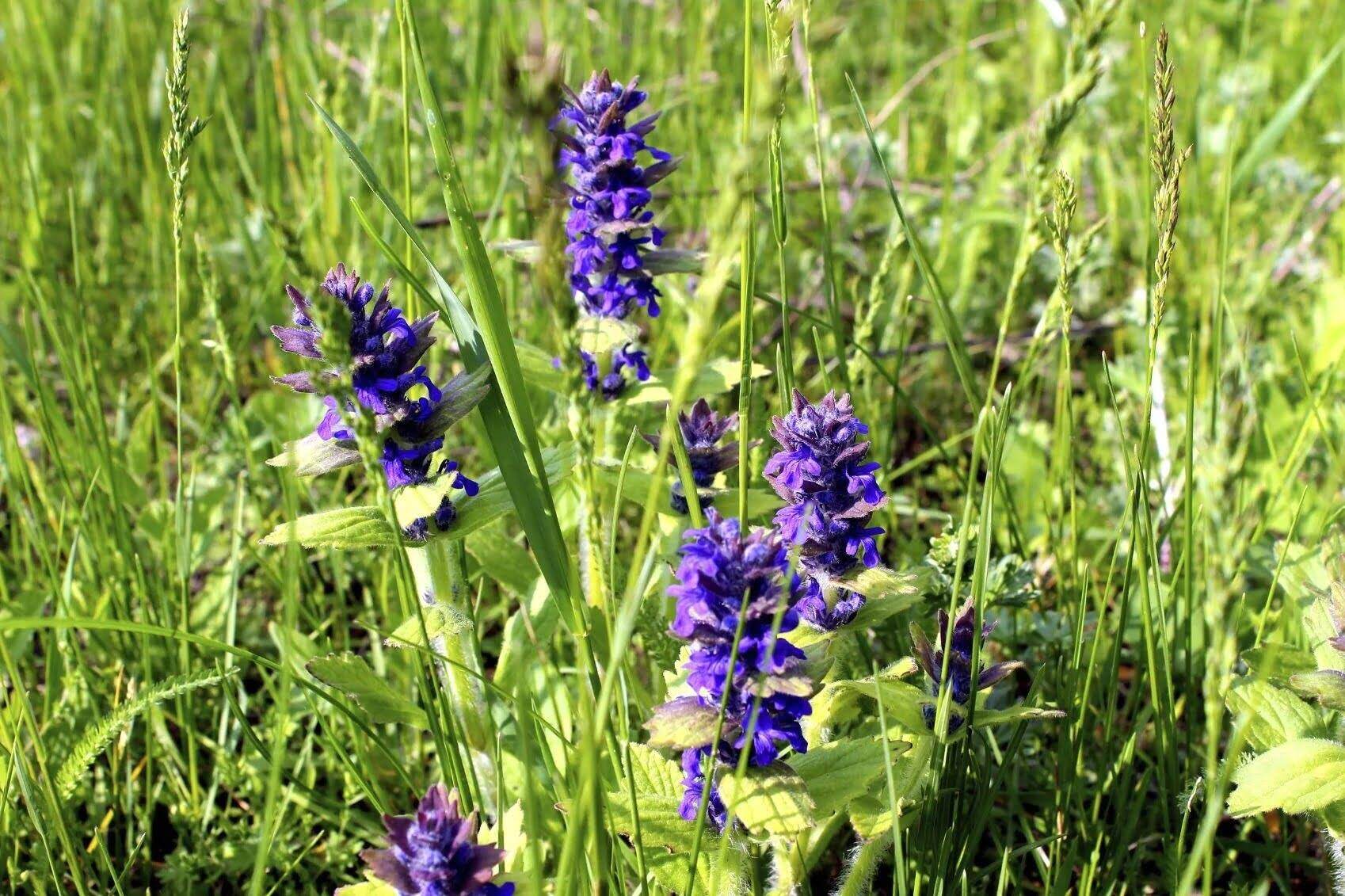
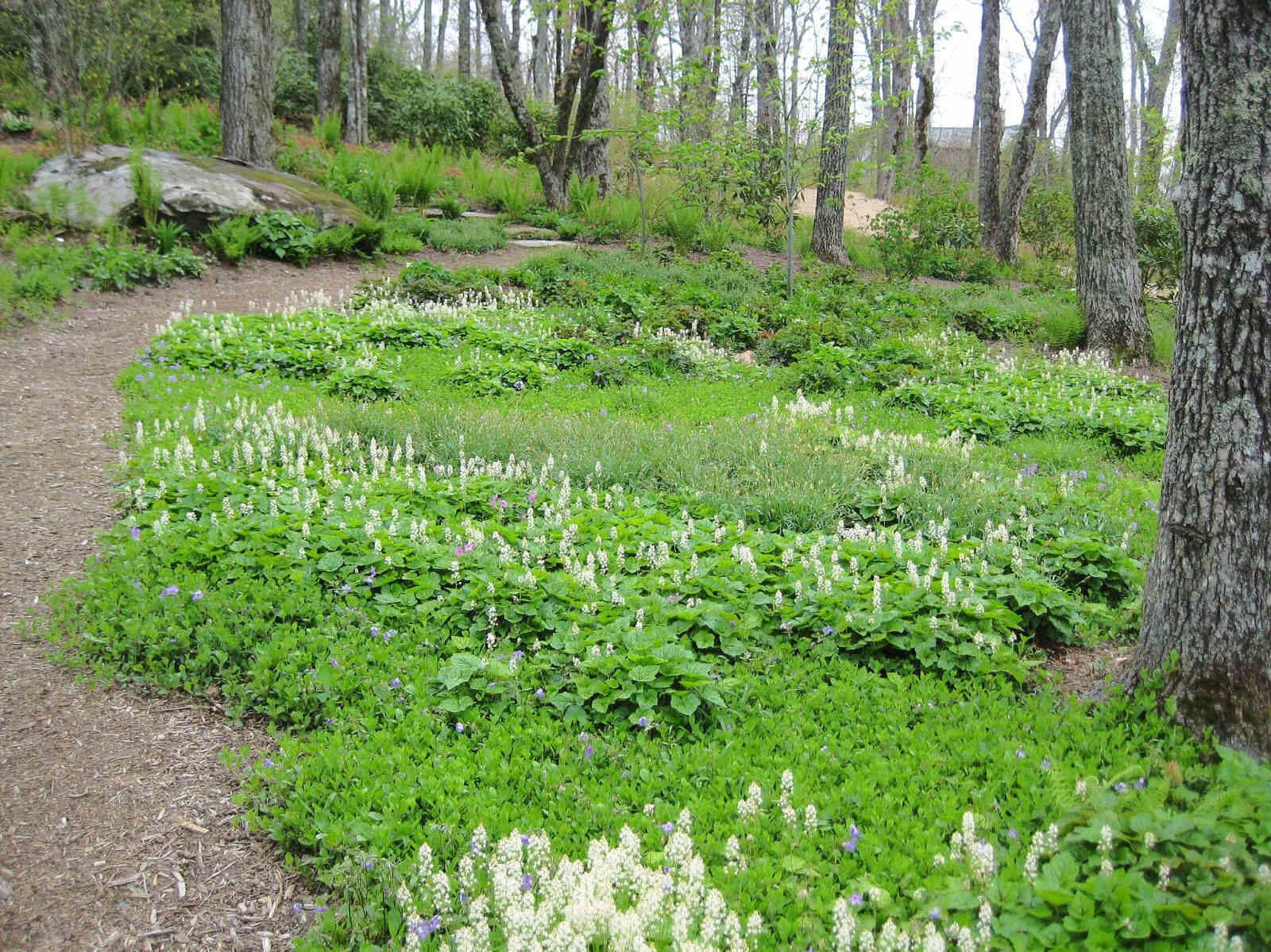


0 thoughts on “Why Can’t Bushes And Shrubs Grow In The Area Before Grass”